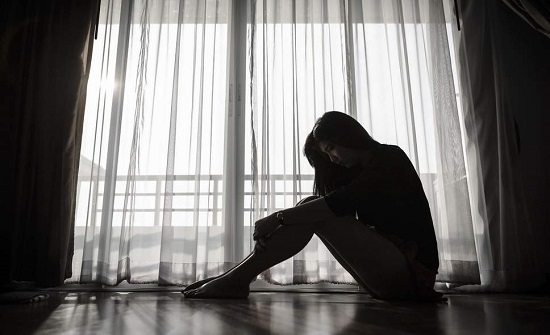Start Total Christian Certification Course Now
By Raji Adegoke
Anxiety, mood swing, reduced energy, fatigue, significant apathy to and diminished interests in activities, feelings of guilt, worthlessness, hopelessness, marked changes in appetite, sleep pattern and poor self-concept, all of these are symptoms of depression and were clearly exhibited by Betty, the subject in the previous article. These symptoms, remain, by clinical standard, the criteria for diagnosing clinical depression in persons.
More serious risk factors may include the entertainment of taking one’s life (suicide ideation) and false sensory perception (Did somebody actually believe that Betty saw the word “depression” every single day in the course of her traumatic depressive episodes?), which are more indicative of severe mental illness.
Now, it’s important to make sure that we aren’t confusing clinical depression with momentary sadness, loneliness, or “blues” that we all, as humans, feel from time to time. That’s normal grief; it is not to be compared with clinical depression, which usually persists for many weeks or even months.
With extreme hopelessness (you’re never convinced everything will be alright; you’re convinced beyond doubt that your troubled life will persist forever). On occasions, with a dead inner spirit- all you might want to do is just laze up, cry and sleep—and hope the world dies out.
Alongside a nagging feeling of feeling “boxed in— inside of a deep, dark hole, with no way out, not only does a person with a depressive illness feels that they are losing their mind and self, but the thought of taking their own life would be the most scented, sweetest musing ever!
The cause of clinical depression, like other instances of mental illness, is not known. We do not just know. The American Psychiatric Association may continue to come up with diagnostic statistical manual of mental disorders- one after one, edition after edition- the group, up till now, remains unable to determine the precise cause of mental disorders, including why people would go into depression in individuals.
However, here’s what we know, depression, like a host of other mental disorders such as narcissistic personality disorder, borderline personality disorder, schizophrenia, hoarding disorder, obsessive-compulsive disorder, etc., “results from a complex interaction of social, psychological, and biological factors”, reports the World Health Organization (WHO).
If you look at a person with severe depression or a particular mental illness, and you look at the context of their family, including its “history” and current dynamic, you’d most certainly find a connection, and importantly, you might have a clue as to what’s necessary to be done about it- regarding its solution or the mitigation against its possible future occurrence.
Genes and biology also influence behaviours, as I inferred from the submission of WHO in its definition of the possible causes of depression. Some families’ biological structure is such that severe depression is their “culture”. Episodes of major depression are a constant phenomenon that runs in families, which becomes even more complicated. ‘Cause we ask, “How’s this stopped? How does this one fit together in order that we might look to resolve the underlying clinical problem? We won’t have a clue!
Finally, we also may have to look at the influence of relationships on our mental ambiance- relationships with families, friends, loved ones, colleagues, acquaintances and with the larger society, as the dynamics of these relationships can maintain or aggravate symptomology, as well as assist in reducing depression via various coping mechanisms which I’m excited to talk to you about soon.
• Adegoke, a deaf writer and scholar, wrote from Ibadan, Oyo State.
[The Guardian]














